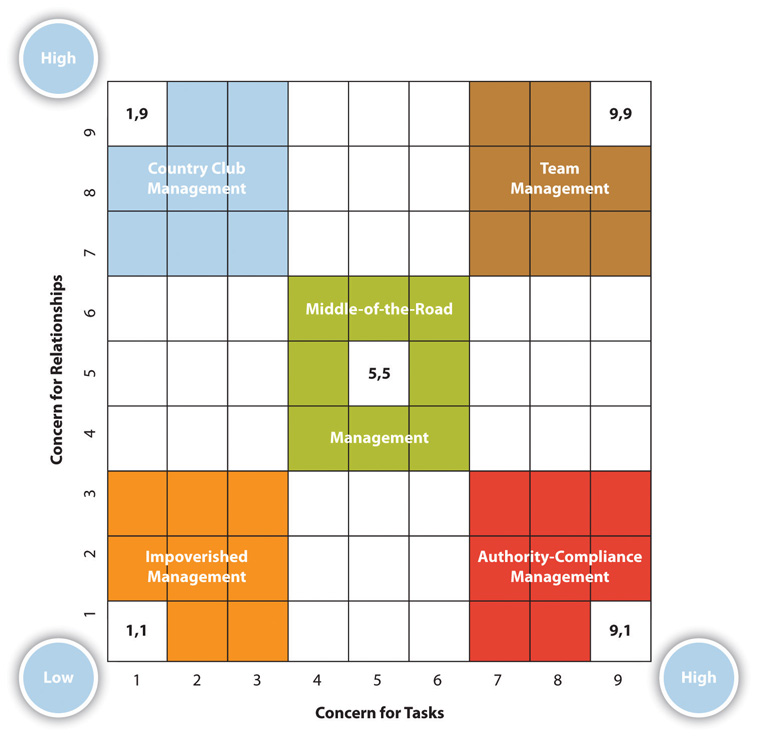The Power Of Followership Robert Kelley Pdf Files
We are convinced that corporations succeed or fail, compete or crumble, on the basis of how well they are led. So we study great leaders of the past and present and spend vast quantities of time and money looking for leaders to hire and trying to cultivate leadership in the employees we already have. I have no argument with this enthusiasm. Leaders matter greatly. But in searching so zealously for better leaders we tend to lose sight of the people these leaders will lead. Without his armies, after all, Napoleon was just a man with grandiose ambitions. Organizations stand or fall partly on the basis of how well their leaders lead, but partly also on the basis of how well their followers follow.
Autodesk 3d Studio Max 2015 Crack here. Windows 7 Lisanslama Program Gezginler Minecraft more. Kelley (1992) proposed a classification of various followership styles in a matrix format based on two key dimensions. Followership style (Independent. & Critical thinking). Adapted from The Power of Followership. Kelley, 1992. Unit of analysis and sample. The targeted population for this. The Hardcover of the The Power of Followership: How to Create Leaders People Want to Follow. And Followers to Lead Themselves by Robert E.
In 1987, declining profitability and intensified competition for corporate clients forced a large commercial bank on the east coast to reorganize its operations and cut its work force. Its most seasoned managers had to spend most of their time in the field working with corporate customers. Time and energies were stretched so thin that one department head decided he had no choice but to delegate the responsibility for reorganization to his staff people, who had recently had training in self-management. Despite grave doubts, the department head set them up as a unit without a leader, responsible to one another and to the bank as a whole for writing their own job descriptions, designing a training program, determining criteria for performance evaluations, planning for operational needs, and helping to achieve overall organizational objectives. They pulled it off. The bank’s officers were delighted and frankly amazed that rank-and-file employees could assume so much responsibility so successfully.
